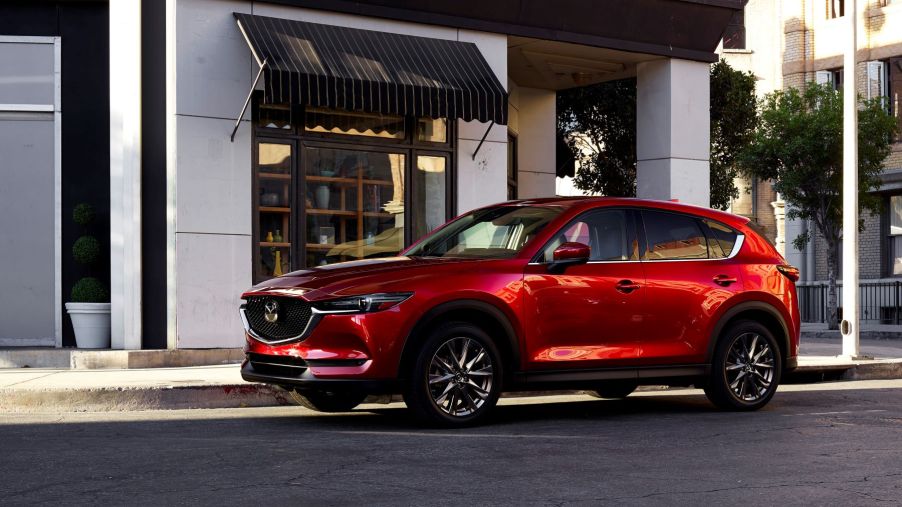
Is the Signature Mazda CX-5 the Best BMW X1 Alternative?
Most folks who hit the BMW dealership don’t immediately go over to a Mazda showroom to see what’s there. But they should. Mazda’s CX-5 could be one of the BMW X1 alternatives on the market, at least when it comes to features, price, power and a sporty drive. If you forgot it had a Mazda badge, the Signature trim version of the Mazda SUV has all the luxury of a BMW inside, and then some, for the price.
Once we take fancy grille and brand names out of the equation, does the Bimmer hold up?
The top Mazda costs more than a base BMW
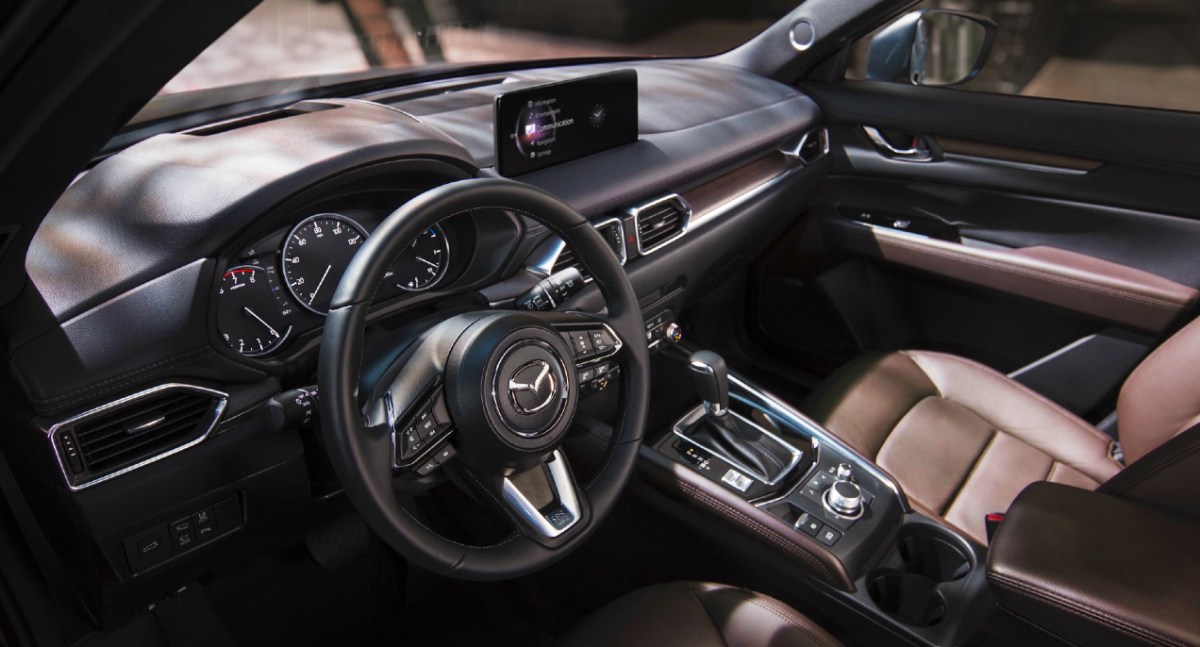
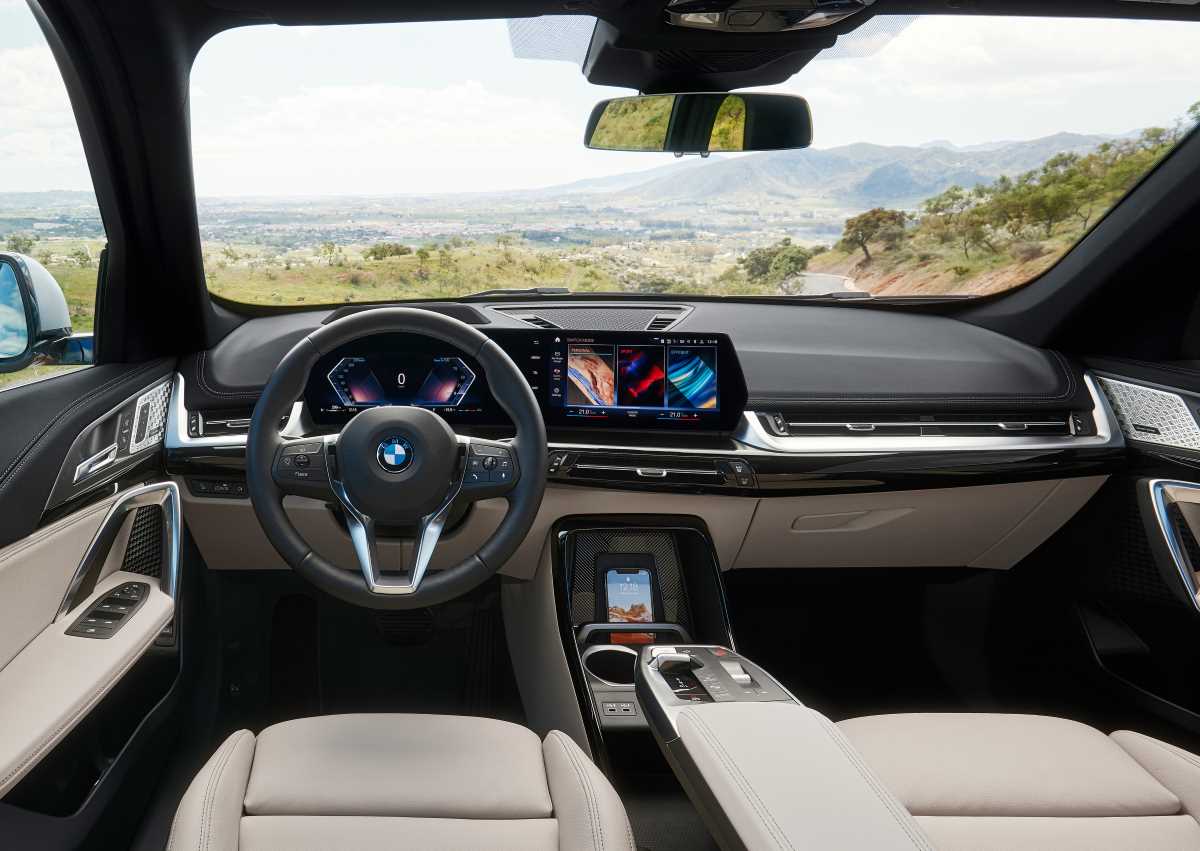
The BMW X1 xDrive28i certainly holds its own in the compact premium SUV segment. It’s not just BMW’s best-selling SUV, but its best-selling vehicle. It packs in a lot of style in value in as a baby X5 for a base price of $38,600.
The BMW does have one huge advantage over the Mazda CX-5 in that it’s all new for 2023, while the Mazda’s styling goes back to 2017, though it did get a 2022 facelift.
But, that Mazda. So the base version of the Mazda CX-5 starts at just $26,700. But in 2.5 Turbo Signature trim, the Mazda tops out even higher than the BMW’s base price at $39,650. The Mazda’s warranty is three years or 36,000 miles, with the powertrain covered for five years or 60,000 miles. The BMW’s is four years or 50,000 miles overall.
They both have the stupendous luxury features you’d expect
The list of standard features in the Signature is longer than a CVS receipt. But, some of the highlights include genuine wood trim, LED lights everywhere, Leather on seats, doors and the steering wheel, and heated/ventilated seats. When it comes to tech, the Mazda rivals the BMW, too, with a heads up display, several driver’s safety aids and sensors, as well as traffic sign recognition, and a 10.25-inch screen.
The BMW, as one would expect, comes well-appointed, and the new for 2023 version is bigger than the outgoing version with a taller seating position. When it comes to tech, the BMW features the BMW Live Cockpit Plus, which adds maps, Bluetooth, and it’s all tied together with a new operating system that should be quicker and easier to use. It, too, has a 10.25-inch touchscreen. Like the Mazda, it offers a long list of features that make it feel like a luxurious SUV.
However with the BMW, to get wireless charging, or adaptive cruise, roof rails, or the heads-up display, you have to sign up for some of the more expensive option packages that, quickly, increase the price to $45,000 or more. If it’s features your’re after for a price, the Mazda certainly beats the Bimmer.
The BMW can hold (marginally) more stuff
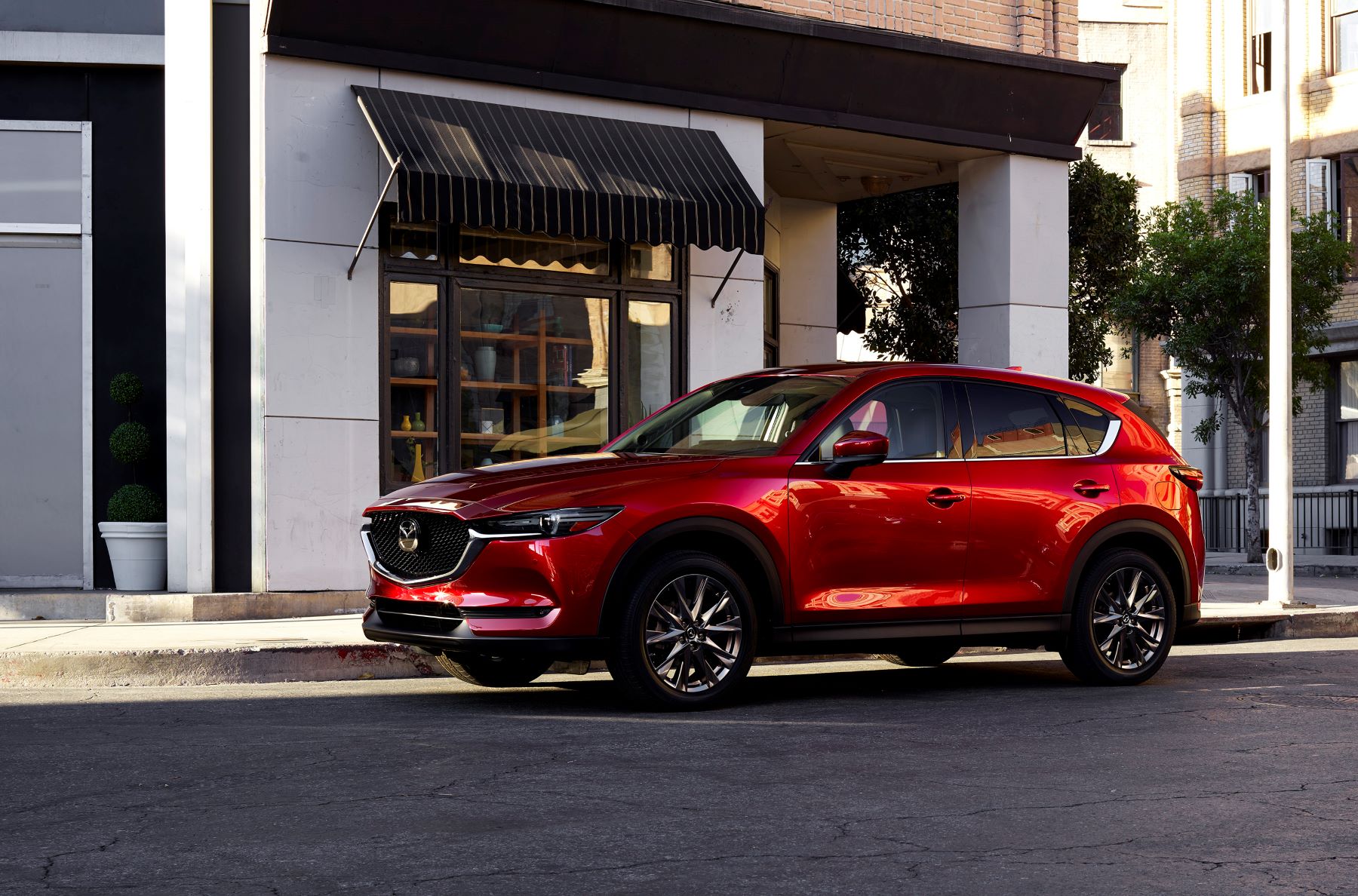
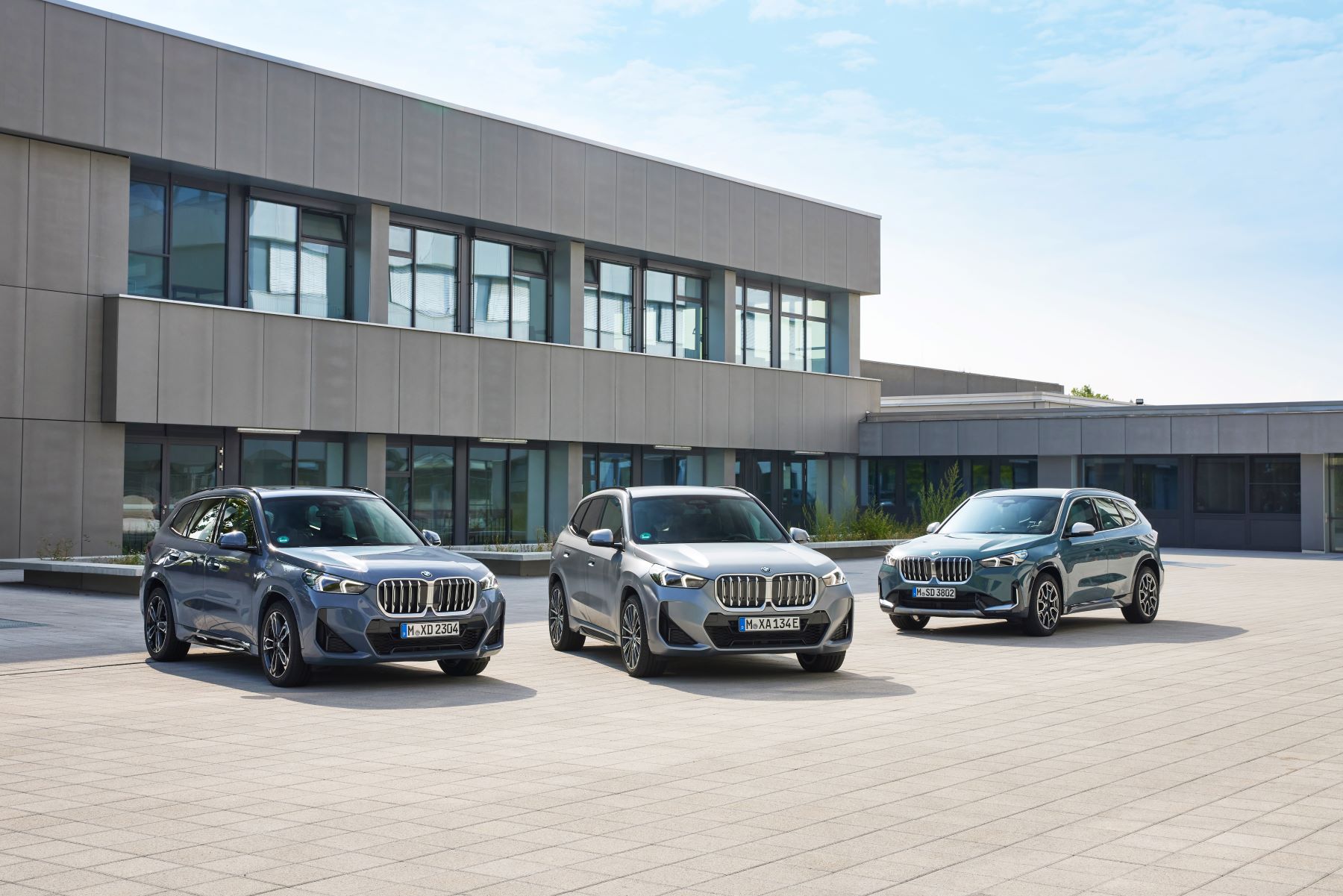
On the inside, there is about a suitcase of different in cargo area, with the BMW holding 63 cubic feet of cargo in back, while the CX-5 holds 59 cubic feet. That’s thanks to the Mazda’s sloping rear roof line that gives it a rakish look. The Mazda CX-50 holds the same amount and is a similar SUV.
The Mazda’s legroom in front is a generous 41 inches, while back seat passengers get 39 inches. The BMW nearly matches that with 40 inches in front, and 37 inches in the rear.
In a drag race, the Mazda would likely win
The Mazda has more power. On Premium gas, it’s 2.5-liter four-cylinder makes 256 horsepower and an impressive 320 lb-ft of torque, which is what makes it feel so sprightly around town. It also has all-wheel drive standard. It even has Android Auto and Apple CarPlay, according to CNET.
The BMW offers a 2.0-liter turbo engine that makes 241 horsepower, and 295 lb-ft of torque. Instead of a traditional automatic, however, the Bimmer gets a fast-shifting DCT that snaps off shifts quickly. It, too, has xDrive, which is BMW-speak for all-wheel drive.
Though these two stack up nicely, they also both drive with a sporting edge that makes them both fun. The big difference is in the price you pay for options.


